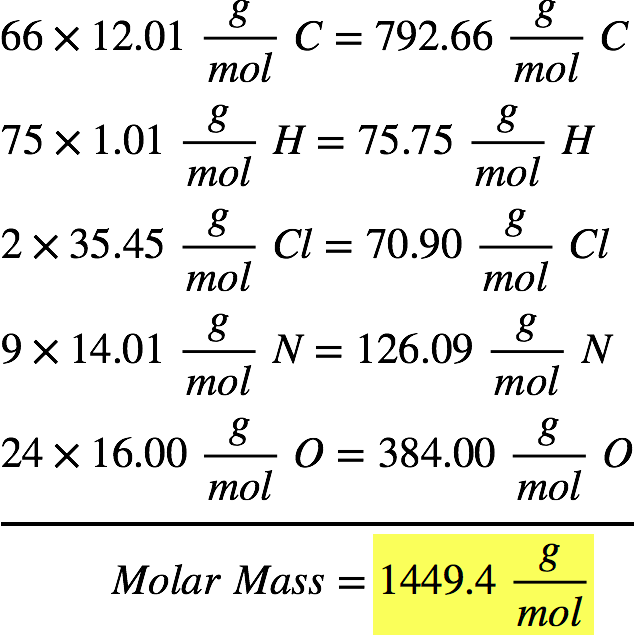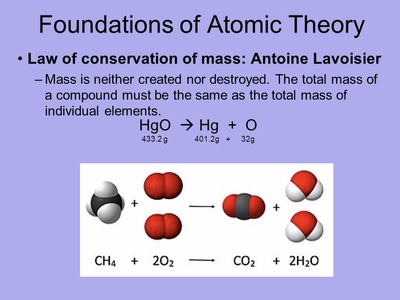Download eveshamvale driver. Atomic mass of Oxygen is 15.9994 u. The atomic mass is the mass of an atom. The atomic mass or relative isotopic mass refers to the mass of a single particle, and therefore is tied to a certain specific isotope of an element. There will not be much error if you estimate the mass of an atom by simply counting the total number of protons and neutrons in the nucleus (i.e., identify its mass number) and ignore the electrons. Thus, the mass of carbon-12 is about 12 u, the mass of oxygen-16 is.
History
Oxygen Amu
Although the atomic theory of matter, in its various forms, existed a good two thousand years before the time of John Dalton, he was the first to propose, in his 1808 book A New System of Chemical Philosophy, that atoms had weight. Atoms, as Dalton defined them, were hard, solid, indivisible particles with no inner spaces, rather than something that could not be seen, touched, or tasted. They were indestructible and preserved their identities in all chemical reactions. Furthermore, each kind of element had its own specific kind of atom different from the atoms of other elements. These assumptions led him to propose that atoms were tangible matter and therefore had weight.
Because atoms were much too small to be seen or measured by any common methods, absolute weights of atoms could not be determined. Rather, these first measurements were made by comparing weights of various atoms to hydrogen. Hydrogen was chosen as the unit of comparison because it was the lightest substance known and the weights of the other elements would be very close to whole numbers.
The weight of oxygen could then be calculated because of earlier work by Humboldt and Gay-Lussac, who found that water consisted of only two elements, hydrogen and oxygen, and that there were eight parts of oxygen for every one part of hydrogen. Lacking any knowledge about how many atoms of hydrogen and oxygen combine in a molecule of water, Dalton again had to make some assumptions. He assumed that nature is basically very simple and, therefore, one atom of hydrogen combines with only one atom of oxygen. Using this hypothesis and the fact that hydrogen was assigned a weight of one unit, it follows that oxygen, which is eight times heavier than hydrogen, would have a weight of eight units. Of course, if the ratio between hydrogen and oxygen in water were not one to one, but some other ratio, the weight of oxygen would have to be adjusted accordingly. Dalton used experimental results and similar reasoning to prepare the very first Table of Atomic Weights, but because of the lack of knowledge about the real formulas for substances, many of the weights were incorrect and had to be modified later.

Knowledge about absolute formulas of substances came mainly from the work of two chemists. In 1809, Gay-Lussac observed that gases react with each other in very simple proportions. For example, at the same temperature and pressure, two volumes of hydrogen react with one volume of oxygen and form two volumes of water. Then in 1811, Amedeo Avogadro proposed that equal volumes of gases have the same number of particles if measured at the same temperature and pressure. The difficulty of explaining how one volume of oxygen could form two volumes of water without violating the current theory that atoms were indivisible was not resolved until the 1850s when Avogadro's explanation that molecules of gases, such as hydrogen and oxygen, existed as diatomic molecules (molecules with two atoms joined together) was finally accepted. If each oxygen molecule was composed of two oxygen atoms, then it was the molecule and not the atom that split apart to form two volumes of water.
Although other scientists contributed to knowledge about atomic weights, much of the experimental work that was used to improve the Table of Atomic Weights was done by Freecom hard disk controller driver. J. J. Berzelius who published his list of the weights of 54 elements in 1828. Unlike Dalton's atomic weights, the weights published by Berzelius match quite well the atomic weights used today.
So far, all the knowledge about atomic weights was relative to the weight of hydrogen as one unit. The first of the experiments to uncover knowledge about the absolute weight of parts of the atom were done early in the twentieth century by J. J. Thomson and Robert Millikan. Thomson studied rays of negative particles (later discovered to be electrons) in partially evacuated tubes. He measured how the beam deflected or bent when placed in a magnetic field and used this information to calculate mathematically the ratio of the charge on the electron to the mass of the electron.

Millikan devised a clever experiment in which he produced a very fine spray of charged oil droplets and allowed them to fall between two charged plates. By adjusting the charge on the plates as he observed the droplets under a microscope, he was able to suspend the droplets midway between the two plates and with this information calculate the charge of the electron. Now, along with the charge/mass ratio calculated by Thomson, the mass of the electron could be calculated and was found to equal 9.11 × 10-28 grams (a decimal with 27 zeros before the 9).
About five years later, the charge and mass of the proton were calculated. The proton was found to weigh 1.6726 × 10-24 grams or about 1,836 times as much as an electron. Because most atoms (hydrogen being the only exception) were heavier than would be expected from the number of protons they had, it was known that there must be another neutral particle in the atom. Because of the difficulty in observing neutral particles, the neutron was not discovered until 1932 by James Chadwick. The mass was found to be 1.6749 × 10-24 grams, about the same as the mass of the proton.
Additional topics
Oxygen Periodic Table
Science EncyclopediaScience & Philosophy: A-series and B-series to Ballistic Missiles - Categories Of Ballistic MissileAtomic Weight - History, Isotopes, Interpretation Of Atomic Weights, Uses

